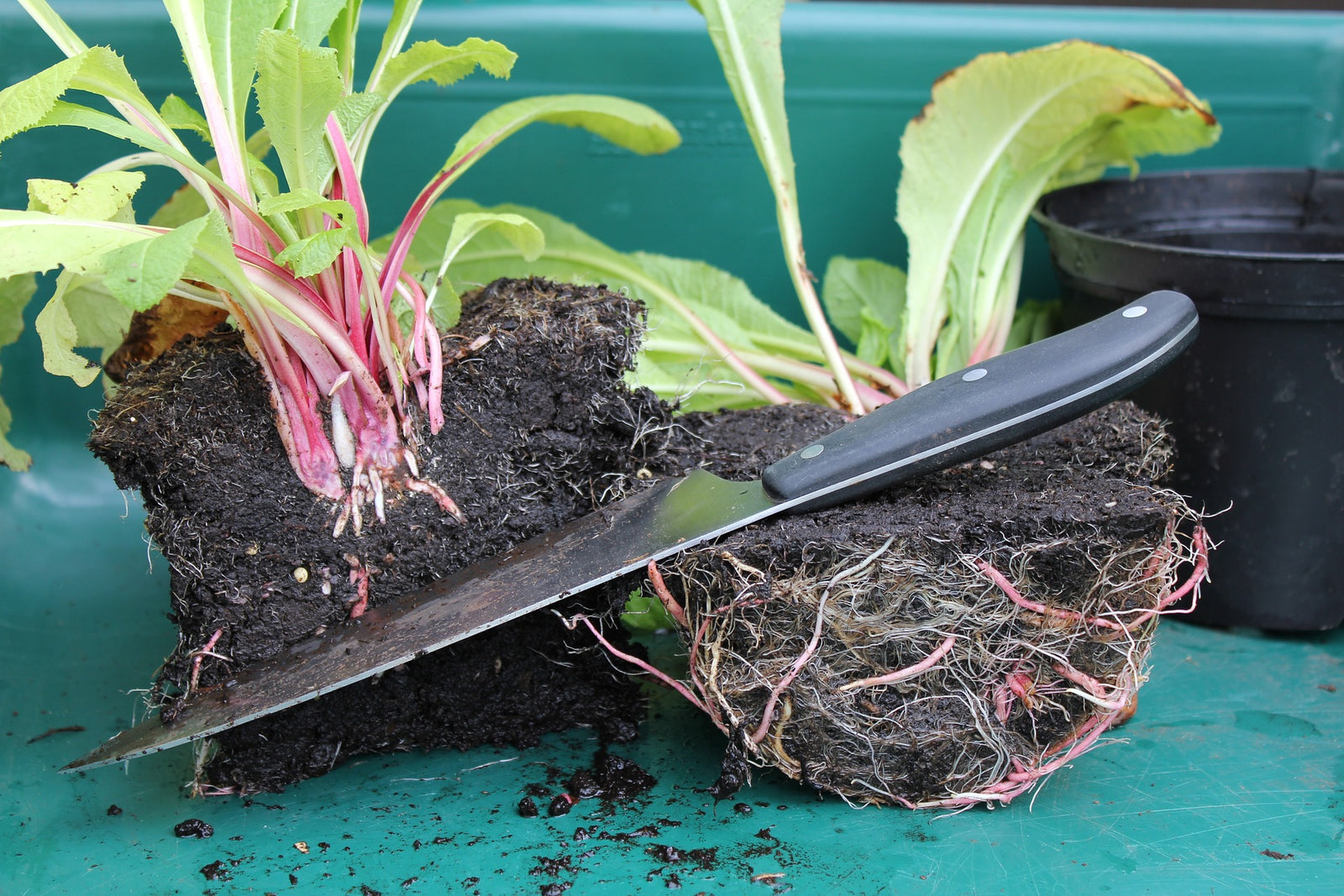
Who doesn't want a lush green area in their habitat? Everyone! But plantation and gardening demand a lot of patience! When you seed a plant, propagation takes time.
But wait. What exactly is propagation?
Propagation is the breeding of plants via a natural process. It is the way your plant spreads or grows. Propagation does not always succeed the first time, but we urge you to start somewhere since it is gratifying when it does!
Many plants are best propagated in soil, though some can also be disseminated in water. This is because they have developed in an atmosphere that permits them to do so. Most aroid plants, including philodendrons, pothos, monsteras, etc., may be reproduced in water.
Water propagation gets you an extended garden with minimal additional cost. It needs just the plant cuttings, a glass jar, and some excitement! If you follow the simple steps listed below, you'll be putting the 'pro' in propagation in no time!
Steps to Propagate Plants in Water
What do you need?
- Plant to propagate
- Pruners/ Scissors
- Room-temperature water in a glass vessel
- Gardening gloves
- Pebbles or marble rocks (optional)
For successfully propagating plants in water, our experts suggest the following steps:
Step 1 - Choose a plant that will thrive well in water (refer below for a list of options to choose from).
Step 2 - Look for a stem with some leaves and nodes. Right after the leaf node, cut 6 inches up the length of the plant's stem. The node will grow into roots.
Step 3 – Select a container for your plant. Use a narrower neck glass jar to support the plant, although any container would suffice.
Step 4 - Keep your plant away from direct sunlight. It's ideal to choose an area that's warm and has a consistent temperature. Keep changing the water every few days (weekly once or twice).
Intense sunlight can be harsh on your plants, particularly in summers. To avoid any damage to your plants, here are some tips for home gardening in the summer.
Step 5- Finally, wait and watch your plant grow!
Once your plant has developed roots, then you're probably wondering what happens next! Read ahead to know more.
How can you transfer a plant from water to soil?
Step 1- The length of the roots is the first thing to consider when moving your cuttings. Our experts recommend that the roots be at least two inches long before being transferred into the soil.
Step 2- Take some fresh soil in your pot.
Step 3- Set the root cuttings in their new habitat after a quick wash with clean water.
Step 4- Cover the cutting with soil and properly water it until water starts to flow via the outlet hole.
Benefits of Water Propagation
- Cheap: It’s undoubtedly a cheaper option as you don’t buy a plant but just propagate cuttings from an existing plant. A bottle of old wine or champagne will work as a jar, saving you money there as well.
- Faster propagation: Roots comparatively propagate faster in water than in soil. Once disseminated, you transfer your plant to the soil to flourish more.
- Rid of ants:While in water, your plants do not attract ants. However, you need to take care once they are transferred to soil. Here are some tips on how to get rid of ants in your garden.
- Indoor decoration:Plants planted in a glass jar look cool and add freshness to the inner space of your home.
Best Plants to Propagate in Water
- Coleus: Coleus and basil are probably the least cold-hardy plants listed here.
- Basil: It gets easily propagated in water, but make sure that they get proper warmth as it’s a cold-hardy plant.
- Begonias: Begonias should be rooted in tiny glasses to maximize the rooting hormone produced by the cuttings.
- Angel's Trumpet: Angel's trumpet refers to two different types of plants. Datura is the plant whose blooms stand straight up. The Brugmansia plant is the one where the blooms hang down.
- Sedums: Almost every sedum species may be rooted in water. Cuttings will also root if placed in wet soil as sedums are resilient in almost all climates.
- Purple Heart: Its cuttings respond quickly to root in water or soil. Plant it in sweeping patterns in the garden or as a houseplant.
- Wandering Jew:It's linked to purple heart, although it's not as tough in the winter.
- Spider plant: It is also one of the finest plants for water propagation. To produce fresh spiderettes, just clip off the spiderettes and root them in water.
There are multiple other plants that you can propagate in water. As per the availability, you can choose from plants like Philodendron, Luck bamboo, Peace lily, Fiddle leaf fig, Pothos, Chinese evergreen, African violet, Baby’s tears, String of hearts, Arrowhead plant, etc.
The Bottom Line
Gardening can be fun with some good advice and a pinch of enthusiasm. Also, you don't need money every time you want to embellish your garden with extra plants. You can do just that with a plant cutting, a glass jar, and a little knowledge. So don't wait! Pick up your favorite plant, follow the above instructions, and start water propagation today!



